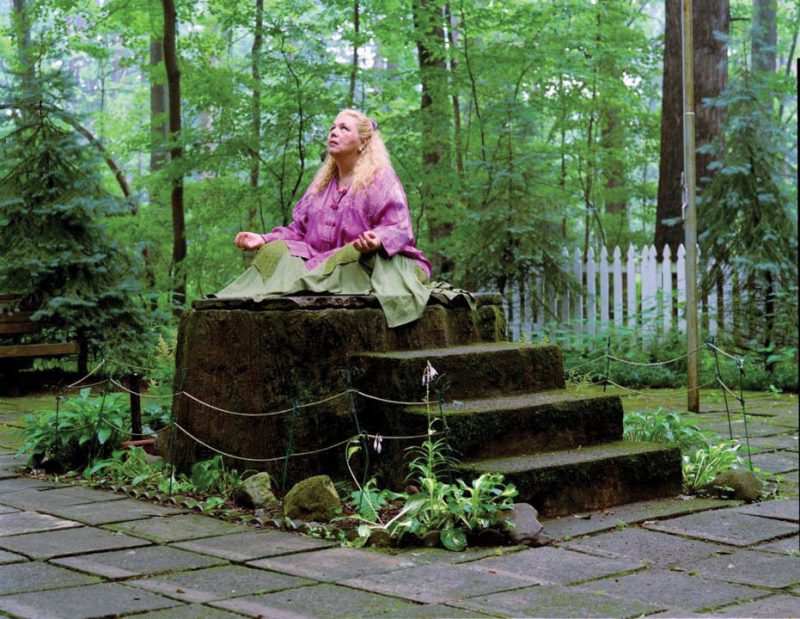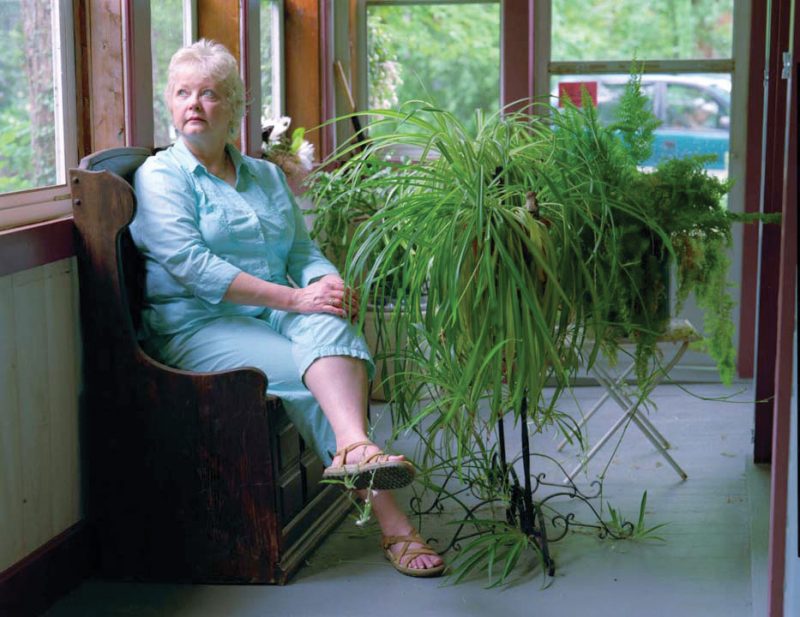As it is in the year 2009, so was it in 1853.
A young man leaves his place of origin pursuing an ill-advised dream.
For the young man in 1853—nameless, there were thousands like him—actively seeking a life in the city would have constituted a social liability in the eyes of the agrarian community he’d quit. This young man and others like him arrived on the coattails of the elusive main chance—what de Tocqueville called, in his infinite wryness, “the bootless chase of complete felicity.” These men would settle for being clerks and brokers, skilled and semiskilled artisans and merchants, dockhands and stablers in cities like Boston, Philadelphia, New York, New Haven, and Lowell, Massachusetts. But unexpected dangers awaited them there. Sure-thing tricksters, damper-sneaks, drapery-hangers, Spanish-prisoner racketeers, thimble-riggers, ropers-in, party men, and William Thompsons—all of them given a face by Melville in The Confidence-Man: His Masquerade (1857)—were on the prowl for innocents to draw beneath their sooty wings. In the lee of every doorway, in the fall of every shadow, in the gritty defile of every alley, these young men arrived from the sticks had not only the tyrant vice to fear, in the form of gambling, drink, and women, but, even more corruptive because more insidious, the tyrant belief, which was vice’s first cousin: free love, abolition, universal salvation, feminism, bloomerism, antisabbattarianism, phrenology, hydropathy, magnetism, Spiritualism.

For me, the young man in 2009, driving northwest up Route 17 from New York City in my Budget Ford Taurus, I’m researching one of this country’s most prolific hoodwinkers, the spirit photographer William H. Mumler. First in Boston, then New York, between 1859 and 1870, Mumler, with the help of his clairvoyant wife, fleeced at a rate of ten dollars a print scores upon scores of American mourners, and all of this under the gossamer standard of what was known, then as now, as the Spiritualist movement. Invented by Mumler, spirit photography was an offshoot of said movement, which began in 1848 when two sisters claimed they could communicate with spirits by way of raps, spirit writing, telekinesis, magnetism, and all manner of question-and-answer techniques; but where Spiritualism sought to contact spirits and ask them enigmatic questions, spirit photography promised results far more evidential: the spirit would be captured on the plate glass of the camera and presented to the sitter to console him in his grief. Spirit photography flourished mostly in major urban centers such as Boston and New York, but Spiritualism could be found everywhere, from the fetid streets of SoHo to Rhode Island’s...
You have reached your article limit
Sign up for a digital subscription and continue reading all new issues, plus our entire archives, for just $1.50/month.
Already a subscriber? Sign in





